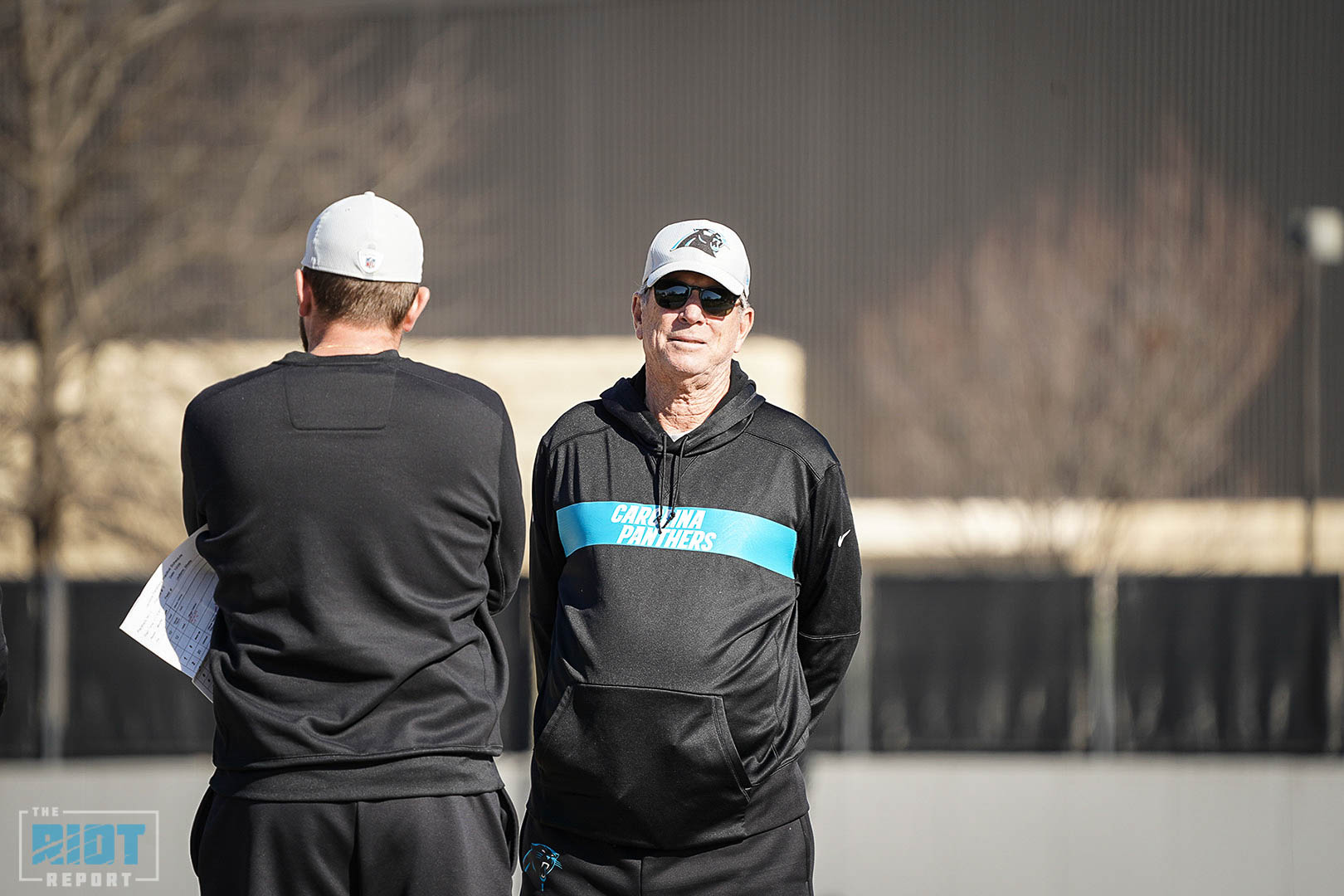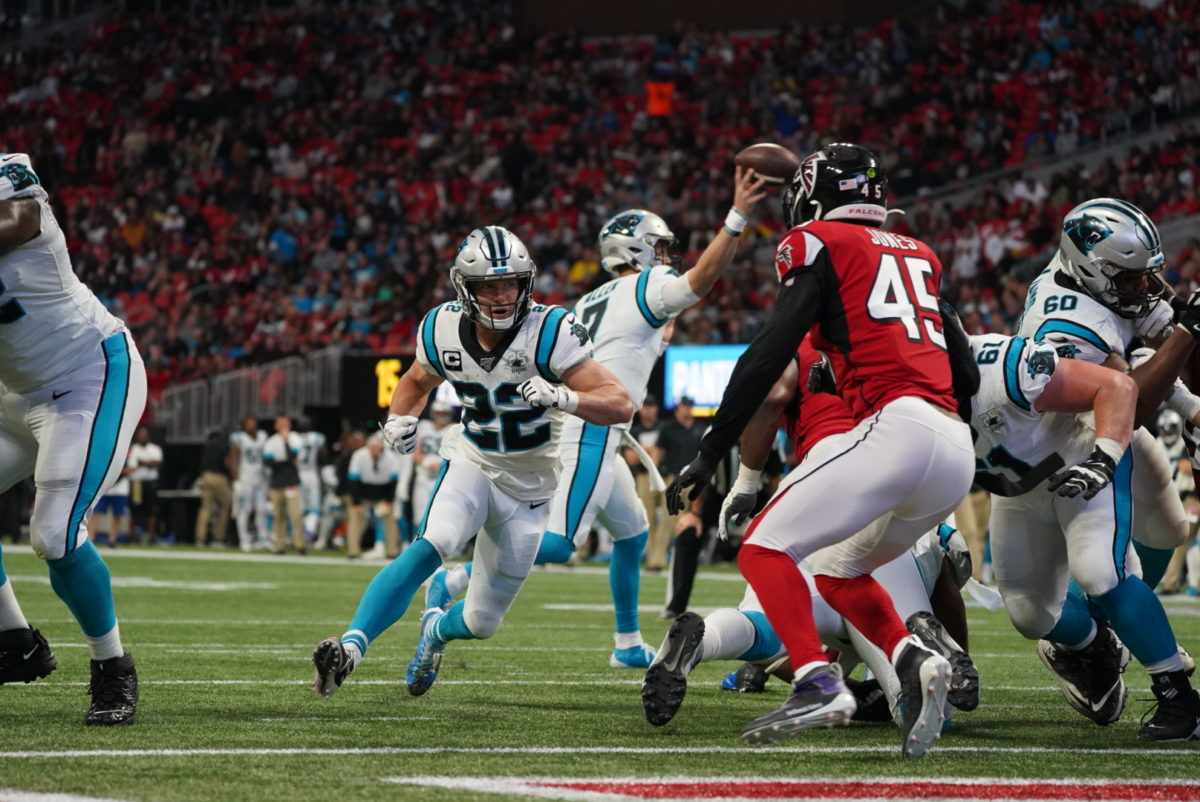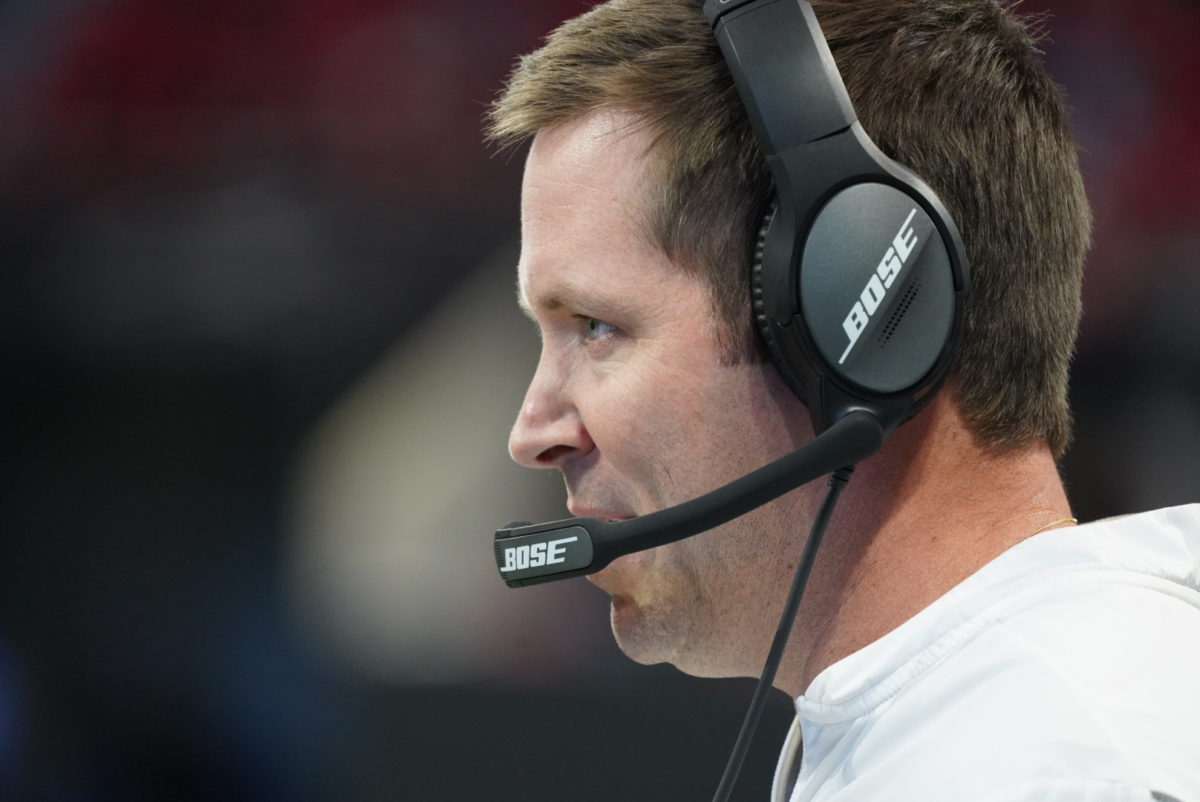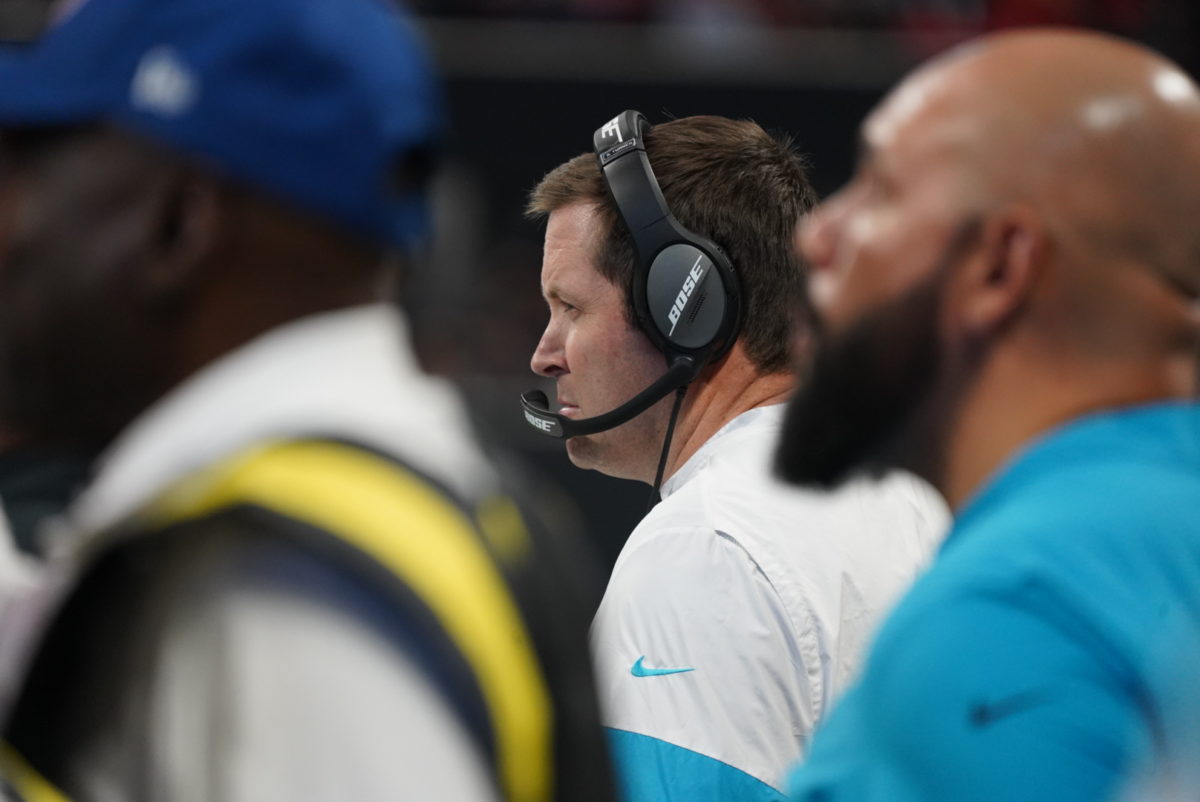Following Ron Rivera’s departure last week, a lot has changed in Carolina.
There is a new head coach, a new assistant head coach, a new offensive coordinator and there’s still no clarity on who exactly is calling plays on defense with both Perry Fewell and Eric Washington prominently involved Sunday in Atlanta. However, one thing that seems very clear is that David Tepper wants his team to be right at the forefront when it comes to the use of analytics moving forward – this likely played a major part in the decision to promote Scott Turner to be the new offensive coordinator. While there has already been a lot written about how a team might go about greater using analytics, and some of the pitfalls to watch for in doing so, what can Turner do as offensive coordinator to really embrace analytics, as opposed to the head coach or the GM?
Know Your Opponent

The biggest thing that people seem to forget when talking about analytics in the NFL is that a lot of it is just raw data as opposed to any advanced metric. What formations an opposing defense uses most in different situations and how they tend to substitute to match offensive personnel can both be extremely valuable for an offensive playcaller to know – while neither are some kind of mysterious composite value, it is only in the recent past that this data has been so widely available to NFL teams.
What this might mean in practice is the Panthers looking to substitute to get certain matchups in certain situation, or running more of their offense out of certain formations one week in order to get an extra defensive back on the field and then going heavier the next week knowing that opponent is thinner at linebacker. Trying to get the opponent to have to take a better play off for a worse player is hardly a new-fangled tactic, but the greater availability of data makes this much easier and much more informed than simply hoping that the defense will take their third safety out if you stick a fullback on. This isn’t something that’s likely to radically change the Panthers fortunes by itself, but like most of analytics it’s about getting a slight competitive advantage.
An easy example of what this might look like is if you know how a team substitutes when you put a more versatile player like Bonnafon on the field as a second running back in place of a wide receiver. If you know in advance they are likely to substitute with a safety, that gives you an advantage in the run game and you are able to call the next play appropriately. Similarly, if they put another linebacker on the field, you have a chance to take advantage of a matchup in coverage. Of course, these are things you can do by eye as well, but knowing what is likely to be coming defensively makes it much easier to gameplan – especially with an inexperienced playcaller/quarterback duo at the helm.
Run vs Pass

One of the biggest things that gets discussed a lot when people discuss analytics is the idea that running the ball isn’t very valuable and that teams should just throw the ball all the time – this is an example of using analytics really, really poorly. One of the fundamental limitations of analytics as things stand right now – and for the foreseeable future – is that it is impossible to mathematically separate the contribution from different parts of a scheme. Th reason for this is that the run game affects the pass game and the pass game affects the run game, so trying to separate them as variables is just not possible.
This also make sense instinctively from a schematic point of view. If you can run the ball effectively, that forces teams to bring more players into the box, thereby compacting the defense either vertically or horizontally – which, in turn, should make it easier to throw the ball. Similarly, if you only ever look to throw the ball, defenses are able to spread wider and the defensive line can focus on getting to the quarterback without having to worry about gap assignments. Yes, running the ball is never going to product the same yardage-per-play as throwing the ball, but the NFL is not just an exercise in getting yardage, due to the down-based nature of the game.
Obviously, this doesn’t mean that the Panthers should just run the ball all the time, but that Scott Turner should be careful about how enthusiastically he looks to incorporate the more adventurous aspects of analytics – while there is a lot of useful information he can use, there are also going to be instances where people are trying to show things with data that the data is just not able to support completely.
If Not Now, When

It seems like a pretty well-established cliché at this point that 2nd-and-short is a good time to take a deep shot, with the logic being that if you miss it, there is always a chance to come back and try and run the ball for a first down on the ensuing first done. However, one thing that data can also provide is about the situational effectiveness of different approaches, and while the limited sample sizes can limit the extent to which you can filter the data by exact play call and defensive tendencies, understanding how defenses tend to play certain situations and how different approaches have been effective in the past can be extremely useful.
This is similar to the idea of basing decisions on opponent substitution patterns – but whereas that was focused very much on a specific opponent, by looking at situational effectiveness, the statistics make it hard to be this focused but instead offenses can look to see how different approaches fare league-wide in particular situations. This is particularly effective when it comes to game-management situations, such as the best ways of trying to get the ball downfield for a field goal before halftime (is it worth trying to catch defenses off-guard with a draw, for example).
In his introductory press conference as offensive coordinator last week, Scott Turner said that the changes made to the offense will not be huge, and frankly, with three games left in the season, it would be almost impossible to install a whole new offensive scheme at this point. What we are likely going to get a chance to see over the next month, however, is whether Turner is able to take the core offense that the Panthers have been running so far this season and use it in a slightly more evidence-based way.
“Knowing the number is very important, but how you use it is where you get the best out of it,” said Turner.
There is a reason why the NFL still employs offensive coordinators and not statisticians to run their offenses; there is still an awful lot of room for gut instinct – but there’s a new generation of coaches emerging in the NFL, and there’s possibly no clearer indication of that than the passing of the torch from one Turner to another.



